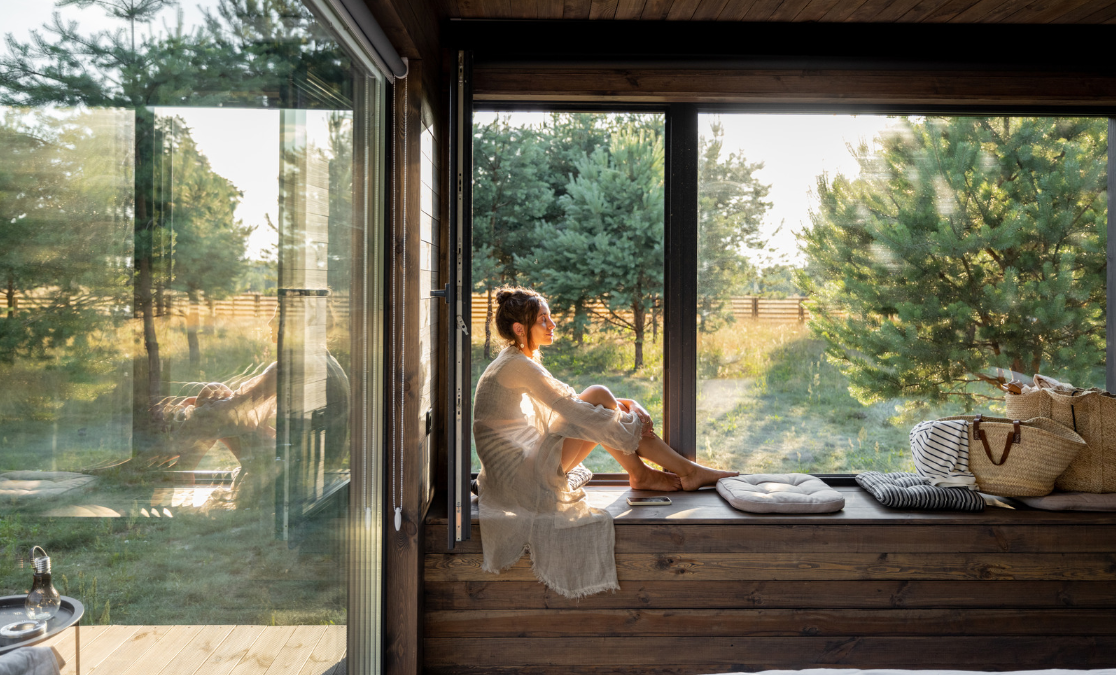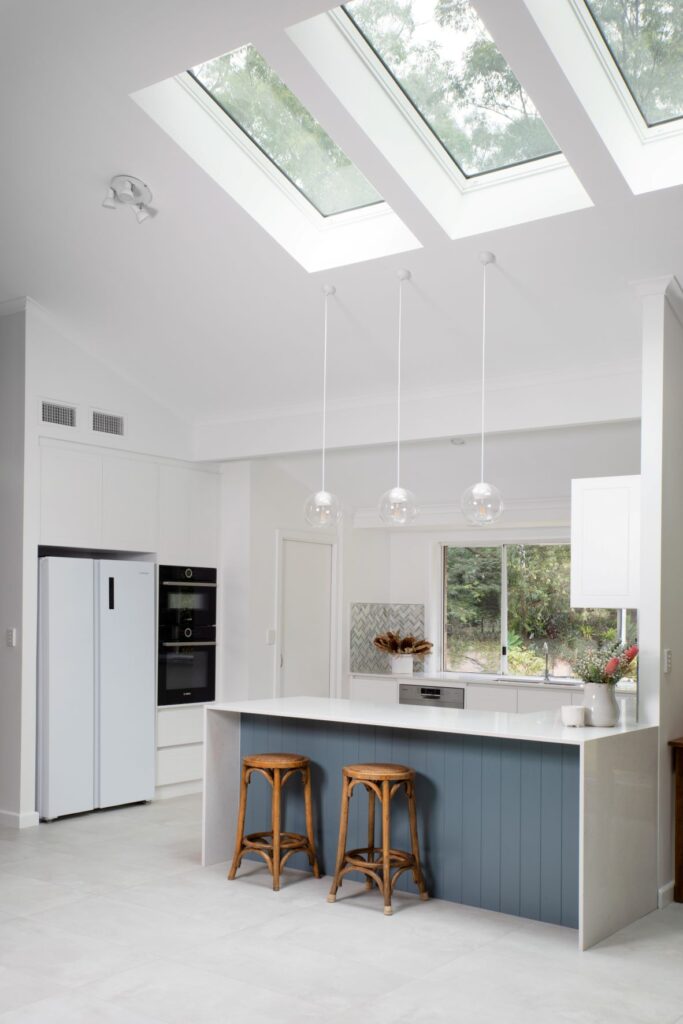In the world of design, the emphasis on creating spaces that resonate with the human experience has become more pronounced than ever. Human-centric interior design, also known as people-centered or user-centered design, focuses on crafting environments that not only look aesthetically pleasing but also cater to the physical, emotional, and psychological well-being of the people who inhabit them. By placing human needs, behaviors, and preferences at the core of the design process, this approach aims to create spaces that feel alive, inviting, and nurturing.
At its heart, human-centric interior design is rooted in empathy and deep understanding of human behavior and needs. It seeks to build spaces that are not only visually attractive but also functional, accessible, and adaptable. From homes and offices to healthcare facilities and public spaces, the philosophy of human-centric design finds its application across various settings.





